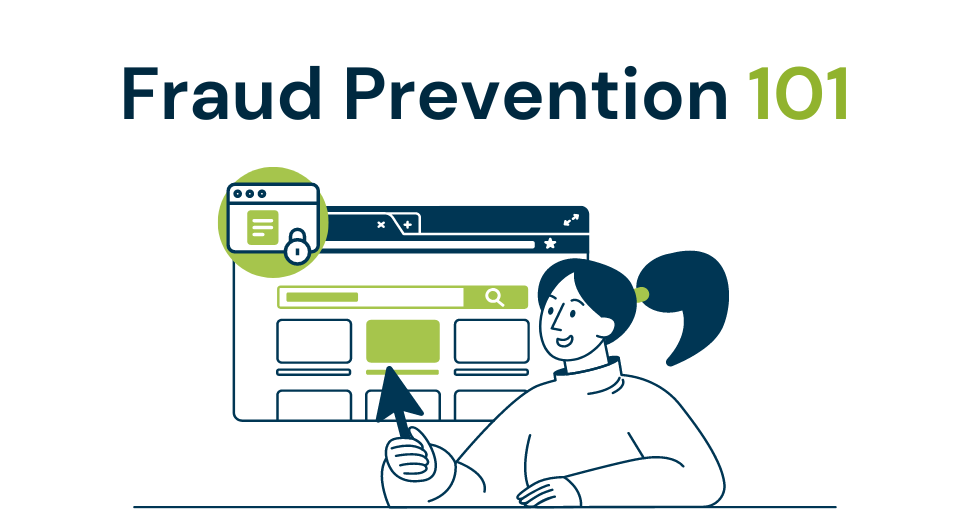We talked about endless growth not being sustainable last year. As the war in Ukraine enters its second year. Europe adapts to the challenges of shortages in energy supply, and fintech shifts its focus from growth to finding solutions that manage financial health and operational efficiency. Companies are looking at ways to reduce debt and run their businesses on slashed budgets. There have been many layoffs. Hundreds of thousands of people have moved from in-office full-time positions to freelance remote work to save companies running costs, office space, infrastructure development, and maintenance overheads. In short, do more with less. And automate where they can. Here are some Fintech trends to watch in 2023.
Enter AI
There were murmurs and musings about AI and machine learning for some time. The industry speculated about using it in customer service applications and managing communication on social media. Boom! Chat GPT and Google’s Bard hit the world with a bang in the last few months. Suddenly everybody wanted to use AI for everything. Until Bard spouted incorrect information about the James Webb Telescope. Very un-Googley to say the least. Truevo’s CEO David Liu shared his insights in an interview with the BBC. Here’s a quote to whet your appetite to listen to the interview; “We do business with people, not technology.” Although there is a way to go in developing these technologies, and a time and place to use them to great effect, there are some moral questions to answer. Companies, especially Fintechs, might think it’s best to automate customer service and onboarding, but nothing replaces human instinct and character. No matter how it might learn to mimic us.
Embedded finance
Embedded finance integrates financial services into non-financial websites and apps. According to Future Market Insights (FMI), the embedded finance market was worth US$54.3 bn in 2022 and is likely to reach US$ 248.4 bn by 2032. Some examples of embedded finance are the BNPL (Buy now Pay Later) options on some shopping sites driven by consumers’ desire for convenience. They can access credit without visiting a bank or applying for a loan. Embedded payments are another example of this trend. Users don’t have to re-enter their card details ad infinitum, the information is already there. Various digital wallets like Google Pay, and Apple Pay are good examples.
Investors are taking notice. They invested $4,25 bn in 2021, three times the value of investments in this market in 2020. According to Bond, one-third of consumers who use embedded financial services on a website will spend more and stay loyal to that brand.
RegTech and shifts in real-time payments
As payments cross borders and fintech expands its reach, enormous amounts of data accompany it. The data is far too complex to comb through manually. There are also an unprecedented amount of laws and regulations different countries have. That’s where RegTech (Regulation Technology) steps in. It uses cloud technology, big data analytics, and machine learning to identify and prevent risks. It also keeps the company in compliance with laws and regulations. According to Juniper Research, this sector will experience a 200% growth from now to 2026.
Consumers want simpler, faster, and more seamless payment experiences. Businesses have joined the trend. There’s a massive transformation in business-to-business (B2B) and real-time digital payments. B2B payments are mainly manual and run on checks, ACH, and wires. We are likely to see tremendous innovation in corporate payments, similar to what we did in the consumer market. Embedded payment opportunities will drive more seamless B2B payments where building contractors can pay their workers and suppliers almost instantly, for instance.
In summary, the Fintech world is in for tremendous growth and development this year. “Cometh the hour, cometh the man” industry? The time has never been more ripe for innovative banks and fintech companies to form partnerships and amalgamate their services, offering consumers even more seamless, simple, and cheaper ways of lending, moving and spending their money.
Speaking of effortless payment processing. Truevo makes money flow so that your business can grow. We deliver simple, secure online payment processing that just works. Drop us a line, we can’t wait to innovate the future with you.



